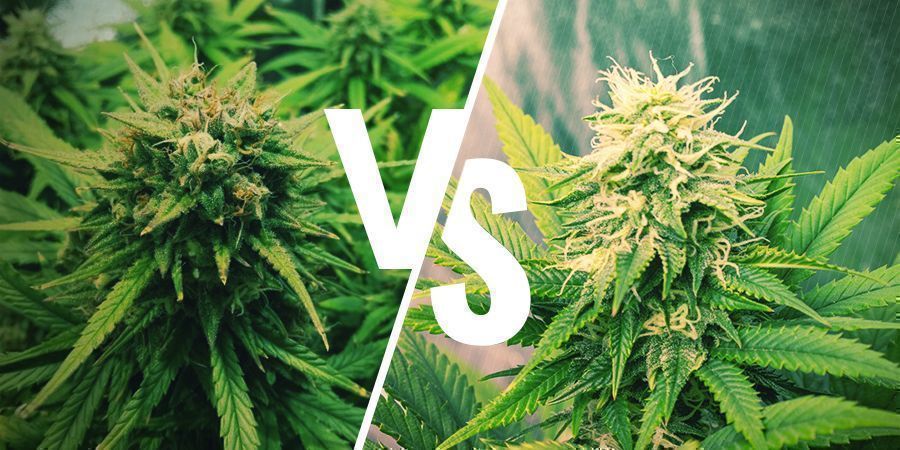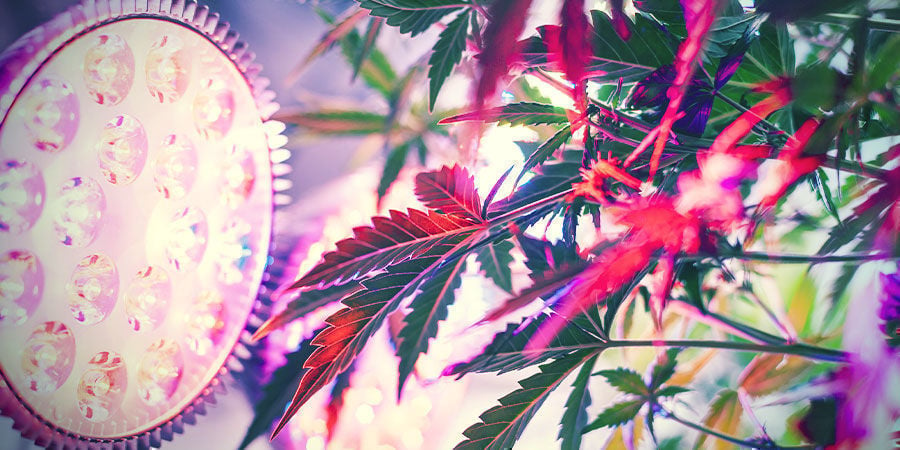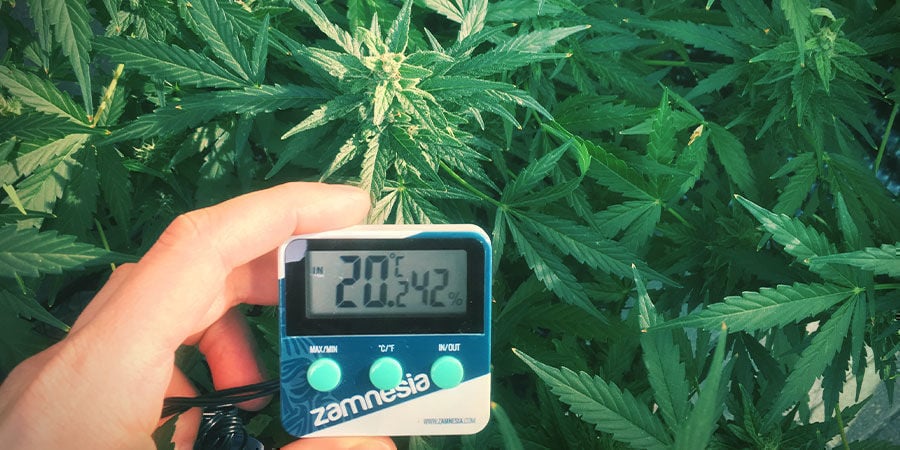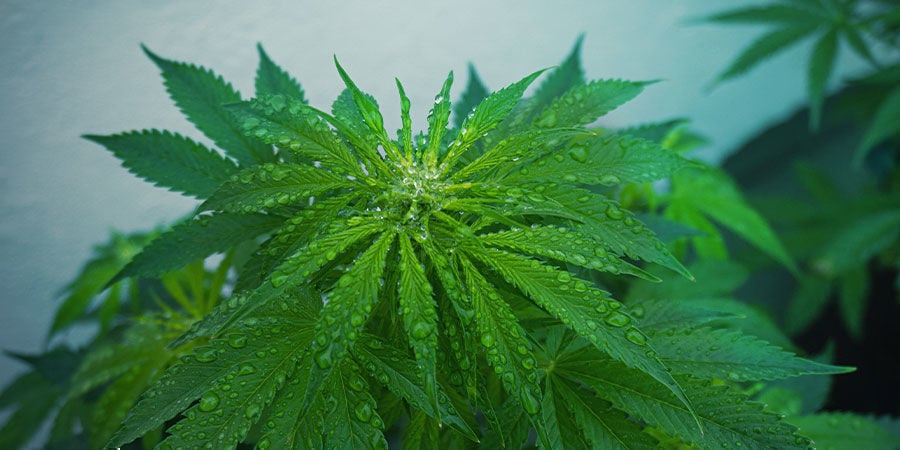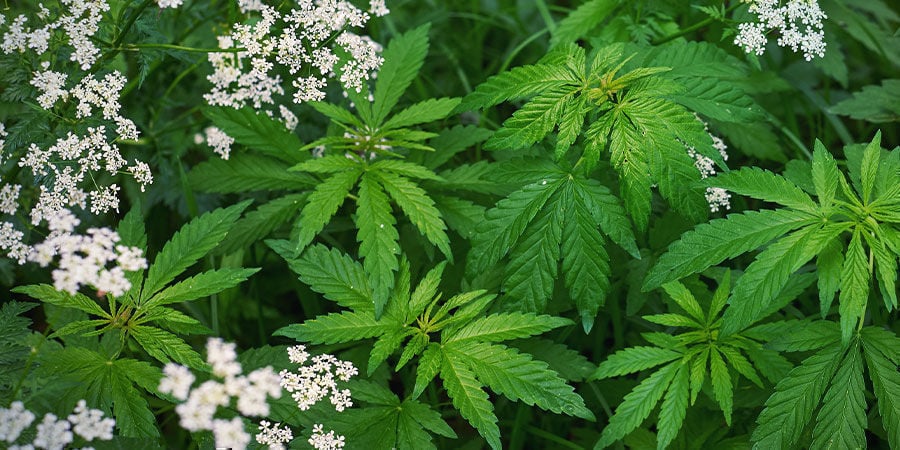How to Maximise Yields With Autoflowering Cannabis
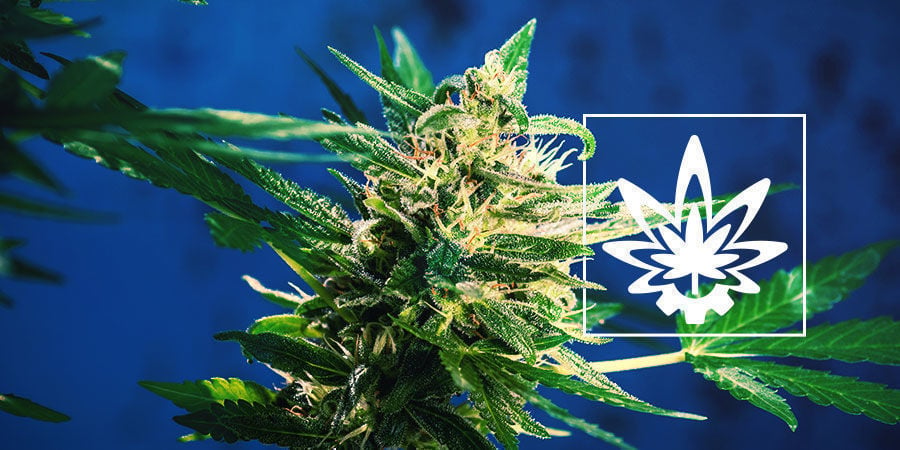
Once associated with poor yields and reduced potency, modern autoflowering genetics tick all of these boxes, and then some. Autos now produce equally as powerful buds in large numbers, without sacrificing their famed efficiency. Learn how to obtain the best results from your autos in the guide below.
Autoflowering cannabis plants offer rapid results. Their hardy ruderalis genetics descend from Russian ancestors that adapted to the brief and harsh growing season of their native region. Despite their brevity and robust nature, some growers neglect autoflowering strains for their perceived low yields and subpar potency.
Although many autos don’t climb to the impressive heights of photoperiod strains, cultivators can still influence their growing environment to optimise output. A few tweaks here and there will have your autoflowering strains performing at their best, producing harvests that often rival their photoperiod counterparts.
Autoflowering Cannabis: Less Productive?
Autoflowering strains have come a long way over the past few decades. In the early days, autos wowed growers with their rapid life cycles and hardy genetics. They seemed to survive through almost anything and truly behaved like weeds.
However, their low yields and meagre potency detracted from their otherwise impressive traits. Most cultivators start growing with two distinct goals in mind: potent flowers, and plenty of them. Over generations of selective crossing, stabilising, and teasing out the best traits, breeders have successfully developed autoflowering strains that deliver substantially better yields and potency than the first generation. Growers can now achieve fantastic results, in a fraction of the time.
Increasing Yields for Autos vs Photoperiods: The Difference
Growers need to employ different techniques when it comes to optimising yields for autoflowering vs photoperiod strains.
Check out the key differences between them below.
Autos:
- Perform better with less training
- Prefer less nutrients
- Hardy, but less amenable to major stress
Photoperiods:
- Produce more when trained and topped
- Can be kept in the vegetative phase as long as desired
- Thrive in nutritionally rich soil
What Affects an Autoflower’s Yield?
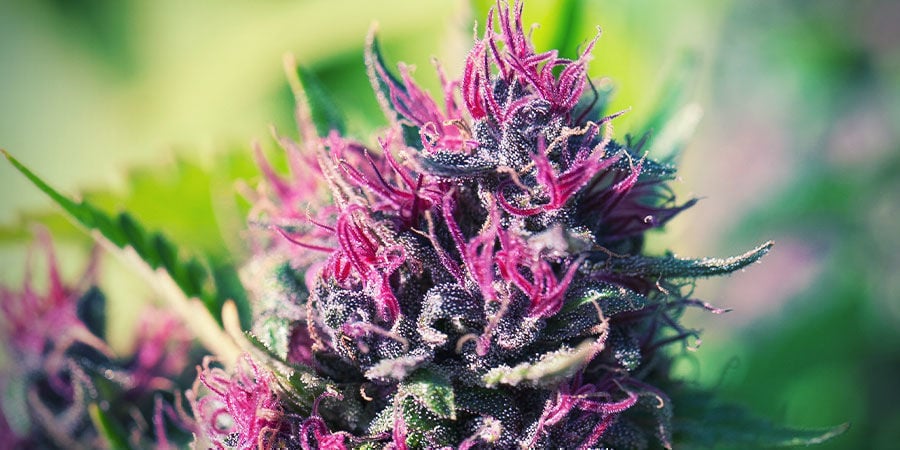
Various intrinsic and extrinsic factors come into play when looking to optimise the yield of an autoflowering strain. Genetics alone will only take the harvest to a certain point. It’s up to the grower to provide the ideal environmental conditions for a strain to reach its full potential.
Genetics
Starting with the right genetics creates a solid foundation to work from. Growers have a vast genetic library to choose from when it comes to autoflowering strains. Select a plant that breeders have developed specifically for productivity. You should also consider its effects and taste to ensure you’ll enjoy the result.
Light Intensity and Spread
As the single most important resource for plant survival, light plays a key role in cannabis plant physiology. Light drives photosynthesis, enables plants to create sugars, and fuels growth and productivity. We recommend using one 200W LED light per plant to ensure optimal intensity and spread.
Light Position
Placing your lights too far away from the canopy will slow down growth, whereas placing them too close will result in light burn. Aim to suspend your light source 30–50cm above the canopy. Keep a close eye on your crop to detect light burn at the lower end of this range.
Light Spectrum
The chloroplasts within cannabis leaves absorb light and, with the help of water and carbon dioxide, convert it into energy. These energy-generating organelles prefer specific slices of the light spectrum. Blue LEDs (400–500nm) will support growth during the vegetative phase, whereas red LEDs (620–780nm) are more effective at driving bud growth during the flowering stage.
Ventilation
Cannabis plants need to breathe. In a process known as respiration, they take in oxygen and release carbon dioxide via tiny holes in their leaves known as stomata. You’ll need to keep your grow room well ventilated using intake and exhaust fans to meet this demand. Plus, proper ventilation will help to keep fungal pathogens at bay.
Temperature
If your growing environment becomes too warm or cold, your plants will become stressed. These suboptimal conditions will slow down growth, increase the risk of pests and pathogens, and impact yields. Attempt to keep your grow room between 20–30°C to keep plants growing smoothly, with 25°C being the sweet spot.
If you live in a particularly hot or cold region, we recommend using air conditioning or heaters in your growing space. You can automate temperature by installing a sensor and controller.
Nutrients
Autoflowering plants appreciate lower levels of nutrients. They still require a reasonable amount of macro- and micronutrients to grow and function, but substantially less than photoperiod plants. Too much nitrogen, in particular, can irritate their root system. Start with the soil mix mentioned below and only add extra nutrients if you encounter deficiencies.
Soil
Start with a light and airy mix of soil to make these hardy plants feel at home. The potting mix below will supply sufficient nutrients, aeration, and drainage:
- 3 parts peat moss
- 3 parts compost
- 2 parts moistened perlite
- 1 part moistened vermiculite
Pests and Disease
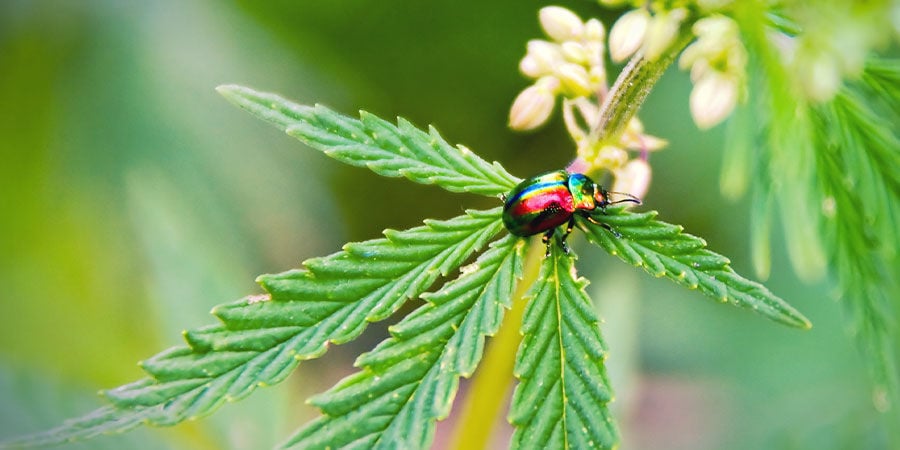
Pests and diseases can greatly impact cannabis growth. Attacks can range from a few nibbles on leaves to the destruction of an entire plant. Insects and fungi are part of the ecosystem and will always be around. Some of these critters are beneficial, whereas others can wreak havoc. Find out how best to prevent these threats further down below.
Training
Training plants refers to numerous methods used to increase yield and/or make better use of space. Training allows growers to shape their crop and even control the number of bud sites on each plant. However, it takes a while for plants to recover from being topped, squeezed, or fimmed. Because autoflowering plants only have a short life cycle, training is either used sparingly or avoided to prevent loss of yield.
pH
Soil pH plays a critical role in plant health. All soil features a specific pH value that displays the acidity or alkalinity of the substrate. Cannabis roots require a specific pH to uptake nutrients correctly. If the value falls too high or too low, nutrient lockout can occur.
Watering
Cannabis plants need water like they need sunlight and nutrients. This liquid of life helps them to transport nutrients and remain turgid and strong. Most beginner growers make the error of overwatering their plants by caring for them a little too much. This results in root rot, wilting, and reduced harvests.
Pot Size
Pot size requires some careful consideration when growing weed. Small containers will drastically limit plant growth and yield, whereas overly large pots may lead to plants growing beyond the desired size. Usually, 11-litre pots will be just fine for the average auto.
The Best Tips to Maximise Autoflowering Yields
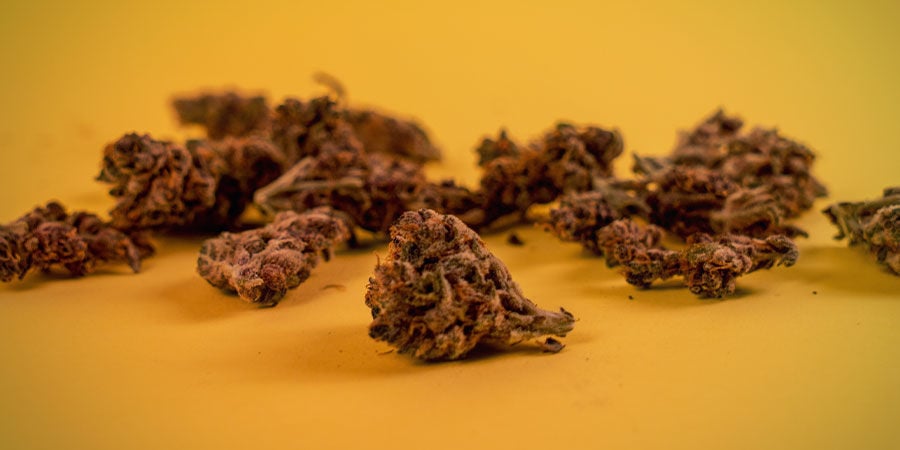
Now that you’re aware of the key factors that affect autoflower yields, it’s time to learn the best yield-enhancing methods at your disposal.
Plan Ahead
Autos grow fast. Like, really fast. While they are easier to grow, they don’t have a lot of time to adapt to major changes or mistakes. Make sure you have everything ready to go and ticked off your checklist, from fans and lighting to space and watering strategy.
Don’t Risk Transplanting
Most autoflowering plants erupt from seed to harvest in approximately 10 weeks. Avoid anything that will stress them out too much, including transplanting. Transplant stress can take a few days to a week to recover from—a significant portion of the total growing time.
Make Sure Your Pots Drain Correctly
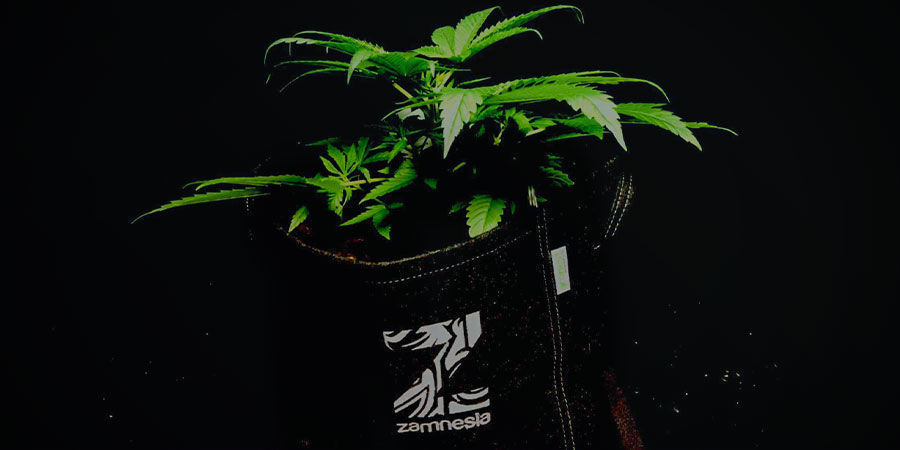
Overwatering and waterlogging will prevent the root system from taking up nutrients efficiently. With the clock ticking so fast, any stunted growth will cost you when it comes to harvest time. Add perlite to your growing medium to add sufficient air pockets and drainage channels.
Reduce Nutrients
Resist the urge to dump nutrients into the soil. Although it might seem like a good idea, it will likely slow things down. Autos prefer a less nutrient-rich growing medium. Excess nitrogen will burn the roots and slow down growth.
Control pH
Keep a close eye on your soil pH and make sure it stays between 6.0–7.0. Use a pH meter to obtain a reading and use pH up and down products to adjust accordingly.
Set the Perfect Light Cycle
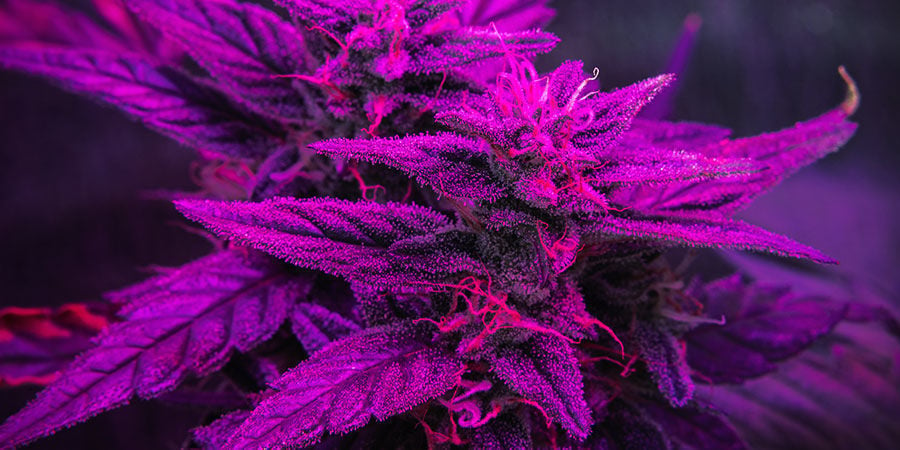
Connect your LED lights to a timer to automate lighting and reduce the amount of work you have to do. We recommend a light cycle of 18 hours on and 6 hours off. This schedule will give your plants ample time to maximise photosynthesis while providing enough time for rest and recovery.
Apply the Correct Training Techniques
Go easy on the training. Techniques that stress plants will force them to undergo a healing period that will take a week or so away from proliferative growth. Use low-stress training techniques to shape and train your plant by trying it down to the rim of the pot. Tie down the tip around three weeks into the grow to direct the branches upwards. This will increase yields without causing too much damage.
Use Mycorrhizae
Add mycorrhizal fungi into your substrate for a healthy soil food web. These symbiotic fungi fuse to cannabis roots and expand the network, breaking down organic matter and delivering nutrients in exchange for plant sugars. They’ll help to keep pests at bay and boost yields during flowering.
Plant Companion Species
Whether you’re growing indoors or outdoors, companion plants will help to keep grazing insects away from your cannabis. Species such as dill, chamomile, lavender, and basil will deter pests while attracting beneficial insects.
Add CO₂ to Your Grow Room
If you want to extract the best yields from your autos, without inflicting significant stress, consider adding CO₂ to your grow room. This can lead to heftier harvests and more efficient flowering, and your plants won't need any recovery time.













 United States
United States

